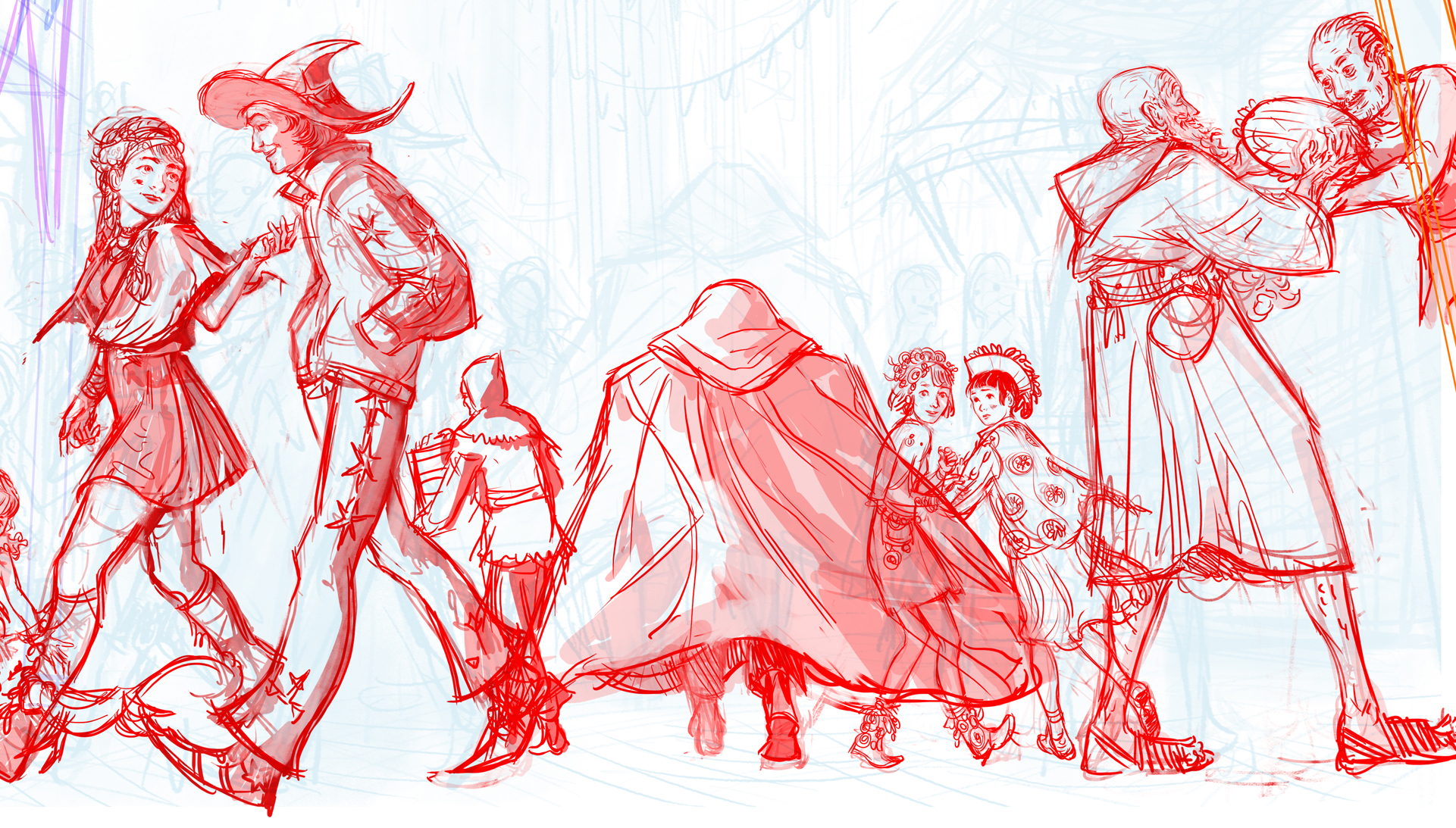
by Ben Zackheim | Sep 29, 2014 | Writing |
I just got a peek at an illustration of New Camelot, by Ian Greenlee. It’s the scene where Simon walks into the city for the first time. Getting New Camelot right has been the toughest challenge, visually speaking. Ian and I have gone back and forth (with Nathan refereeing) on how to hammer out minute details. I think I’ve driven him a little mad with guidance like, “I want the castle to be looming, but warm.”
Yeah, I need to work on my direction skills…
But the result is going to be a final piece that’ll up the bar even higher! Just you wait…
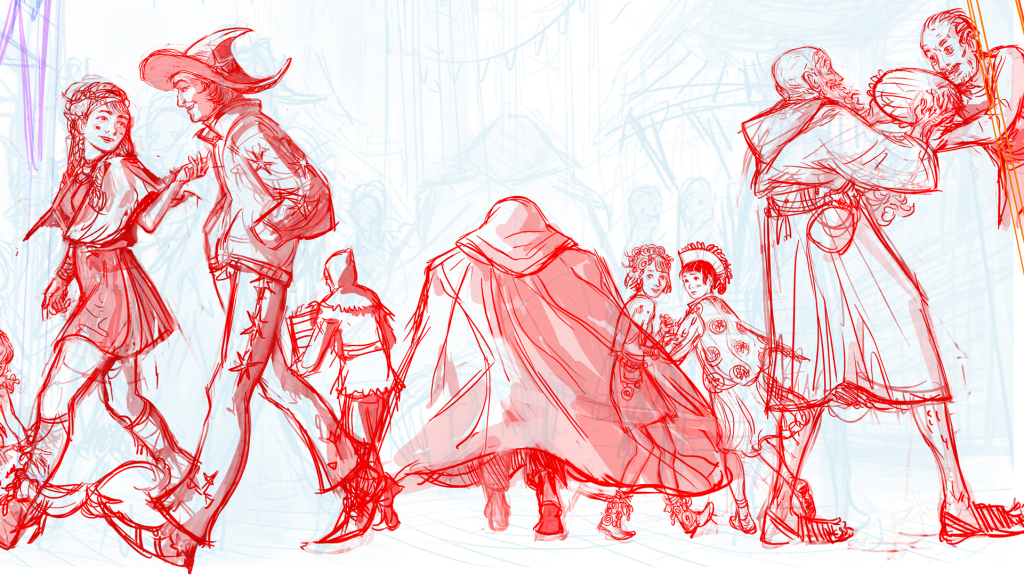

by Ben Zackheim | Sep 29, 2014 | Writing |
Here’s a little peek at Ian Greenlee’s illustration process on The Camelot Kids. He goes through many steps to bring us the fantastic glimpses into the world of Simon Sharp and Merlin.
Here you see his sketching, volume, perspective and FINAL steps. The piece shows Simon and Hector arriving at Uncle Victor’s castle for the first time.
The first piece is a sketch that he passed by me and Nathan Fox for feedback.
The second piece is a study on volume and shading.
The third piece explores perspective, light source and focus.
The last piece is the final.
Pretty cool, huh? Oh, be sure to zoom in on the final piece. It has a bunch of hidden surprises.
Get The Camelot Kids: Part One on Amazon now for $1!
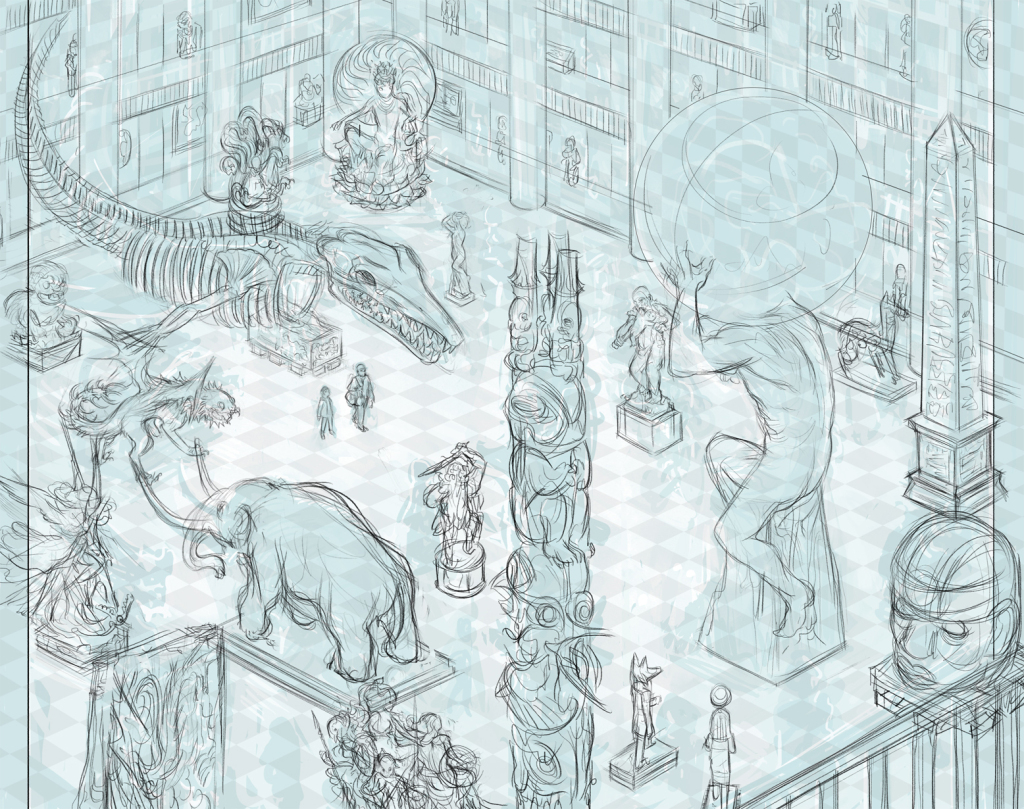
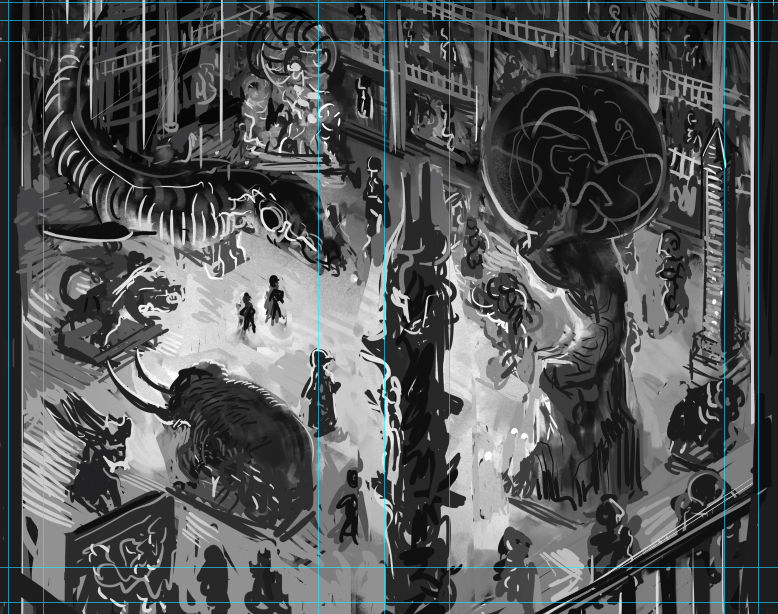
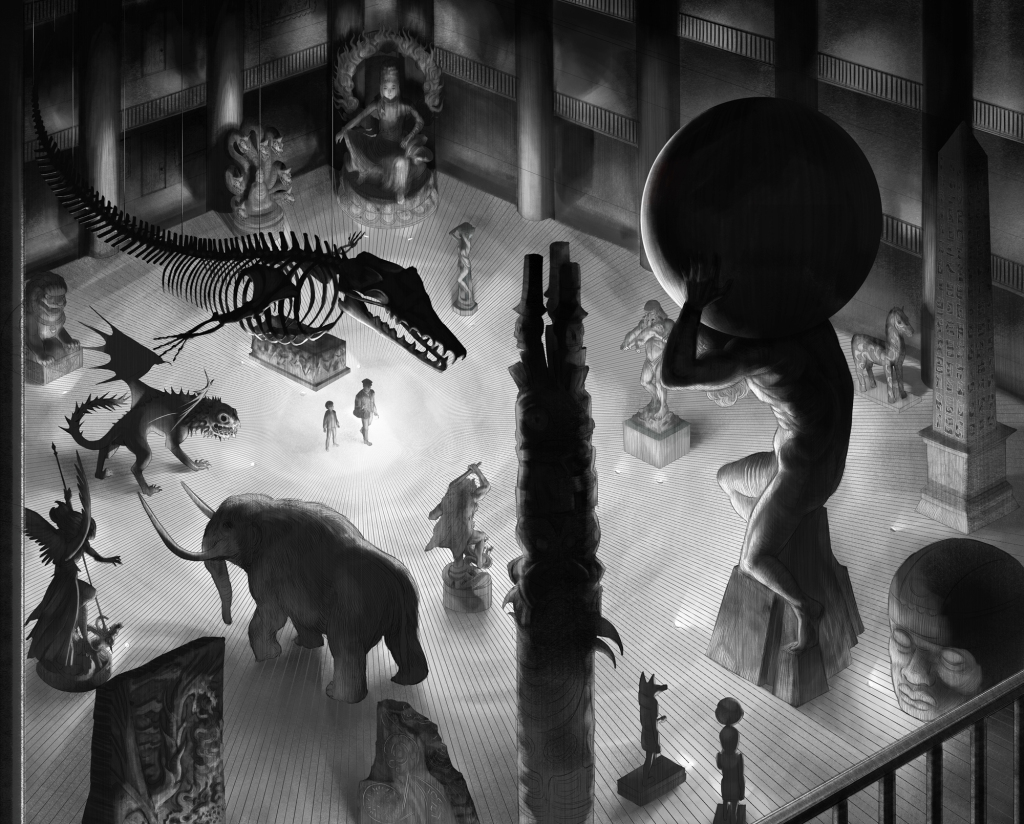
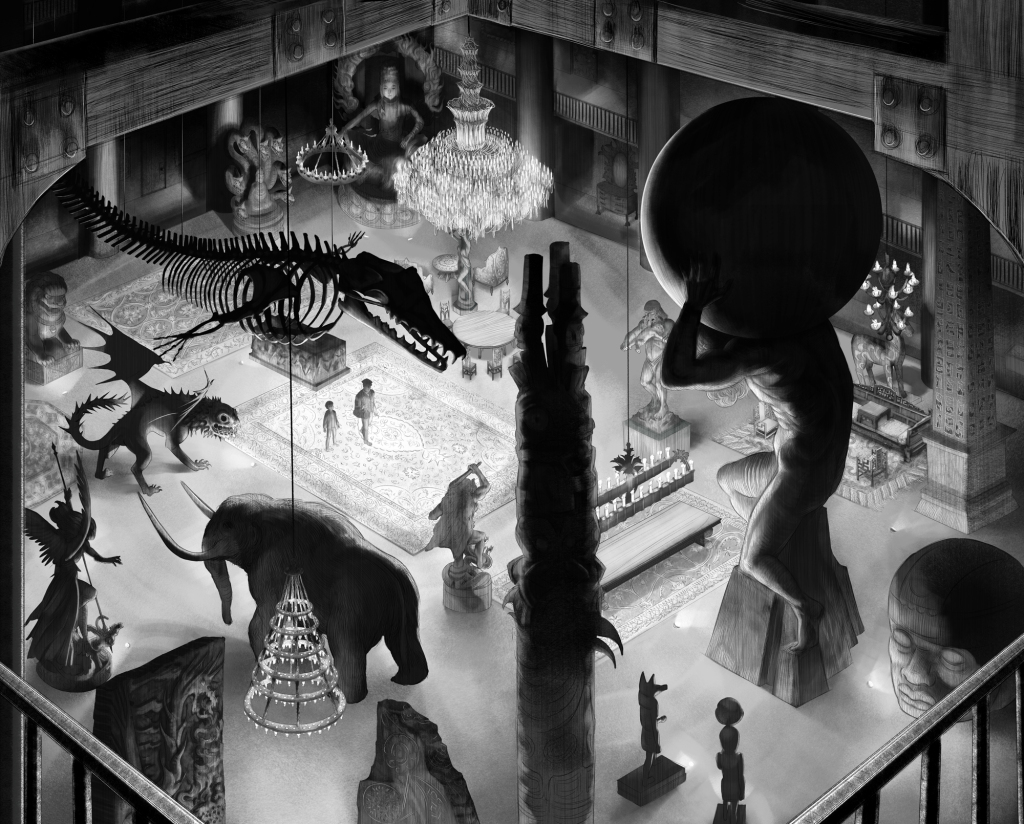

by Ben Zackheim | Sep 22, 2014 | Writing |

I was sad to hear about the death of Malcolm Tierney. For those of you who don’t think you know the actor, you probably do! Especially one line:
“Where are you taking this… thing?”
Yeah, he played the guard in the detention block from Star Wars.
I got to meet him and his friend Vanessa Redgrave when they were visiting my family in NYC. I’ve always admired Vanessa’s work. But it was Malcom who had me star-struck.
We went out to a local Chinese restaurant for lunch. The tourists ogled Vanessa while I drilled Malcom about his SW experience. He was so gracious in the face of my geek-storm! He told me about his (“deformed”) action figure, his famous line of dialogue (dubbed) and how Star Wars would always be a part of his life — even with films like Braveheart, and TV like Doctor Who under his belt.
But nothing delighted me more than when I grabbed my jacket from the hook before saying goodbye.
“Where are you taking that… thing?” he asked.
Thanks for the fun lunch and that one moment of exquisite performance, Malcom!

by Ben Zackheim | Sep 15, 2014 | Book Promotion, Digital Identity, Sell your book, Writing |
My goal with this post:
To give you clear tips on how to arrange your Twitter activity. The tips will be practical and will help you manage your personal and professional sharing. Let me know how I did in the comments!
I did it. I finally did it.
I’ve been on Twitter since 2007, which means, well, I’ve spent a lot of time worrying about tweeting since 2007. Oh, I have a lot to say. I have a lot to share. I always spot interesting conversations. The problem for me has never been finding things to disperse. The problem has been The Twitter Time Suck.
The Twitter Time Suck is:
- The black hole of starting to tweet interesting material and not being able to stop.
- The anxiety around whether my tweets are having maximum impact, which leads to more tweeting.
I’ve spent the last several years trying to find a way to make posting take less time but be more rewarding. What do I mean by rewarding?
- Just as every conversation I have with a person is part of the fabric of my life, I want my posts (on every platform) to reflect who I am (NO PRESSURE!)
- I enjoy connecting with someone.
- I like to get traffic to my site.
- I like to sell books.
If those four points sound familiar, and you also fret about The Twitter Time Suck, then I may have some good news. I’ve found a perfectly reasonable system to keep my tweeting to 15 minutes per day.
Last year I started to manage social media for The School of Visual Arts’ MFA Visual Narrative program in NYC. It’s a fantastic low-residency Masters degree with faculty like Benjamin Marra, Joe Kelly and Edward Hemingway. Because the focus of the degree is on visual storytelling you can imagine how daunting the task of sharing information via Twitter was to me. Remember, I still had to manage my own social media efforts. Having so much to dig through easily led to brain-hurt.
So I started to try a few things to help me juggle it all. I’ll spare you the trial and error.
This is where I landed
1) Use your morning activities:
We have coffee, we shower, we brush our teeth, we read the news. Morning routines (even busy ones) are where many of us quietly review our priorities and our dreams/wishes/aspirations for the day. There’s a lot to find in that mental landscape. Be mindful of your thoughts. Don’t just think them and let them go. If the warm water on your head makes you think of something funny, say it out loud. That will help make it real and memorable. If you want to share it with the world, well, then you have your daily observational tweet!
If you come up with more than one thought, jot it down in a txt file asap. You can tweet it later using…
2) Hootsuite. Use it.
Hootsuite allows you to queue up your tweets. This is the critical task in any effort to simplify tweeting. You can also use Hootsuite to post to Facebook and LinkedIn. Yes, I’ve used Buffer and Klout. Hootsuite is the best.
3) Set your tweet limit for the day.
My limit is six tweets. For some, that’s low. For some, that’s high. Find your limit and stick to it. But don’t worry about it if you go over or under your number. Worrying wastes time ;-) If you have an account that bridges both personal and professional, then break it down like this at first. Adjust as needed:
50% content tweets (cool articles, helpful posts, beautiful images, quotes)
25% professional tweets (book excerpts, deals, product images)
25% personal tweets (jokes, observations)
4) Tweet your best stuff again. And again.
Be sure to tweet your good stuff often. Don’t worry about it being seen by everyone every time. It won’t be. To stand out in the noise you need to put your best foot forward, and sometimes that best foot is wearing an old shoe. Yeah, my metaphors suck today, but I’m still right.
Tip: If you sign up for Twitter ads you can get incredible insights into what tweets get the most engagement.
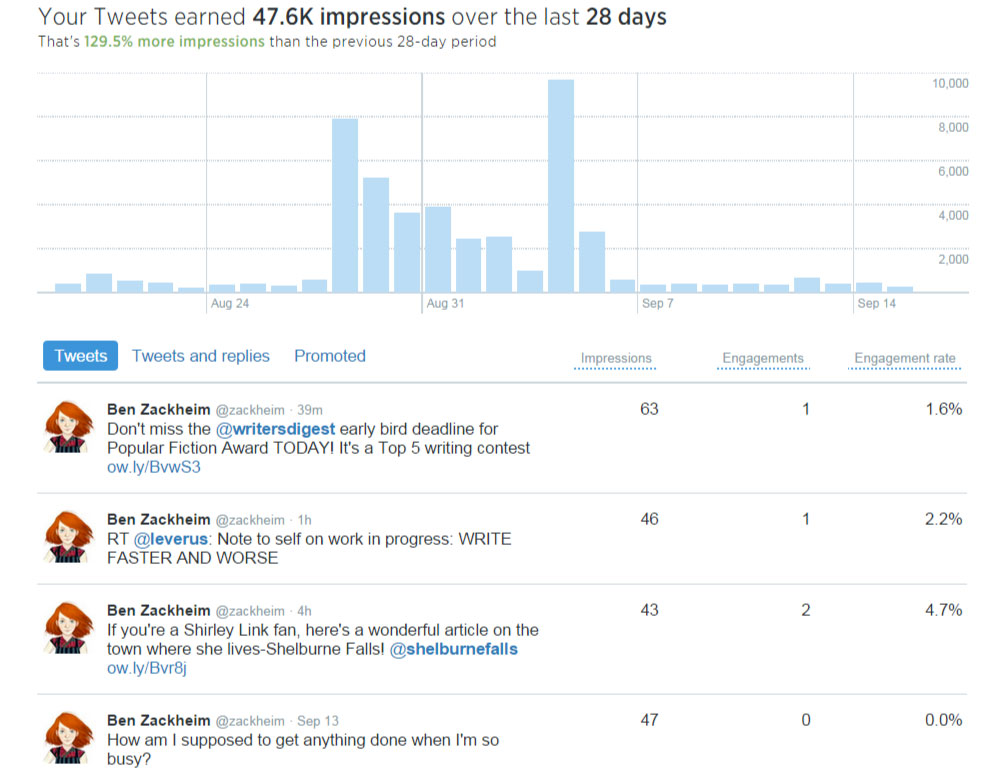
Track this data and retweet the posts that have legs to them. Logically, you wouldn’t lean on tweets that are based on breaking news too many times. But if you make a funny observation about life, really it’ll never get old!
Sticking to these rules for my Twitter-life has cleared up my head so I can pay attention to work and family and Angry Birds Star Wars.
What do you do to maximize your time-spent:impact ratio?
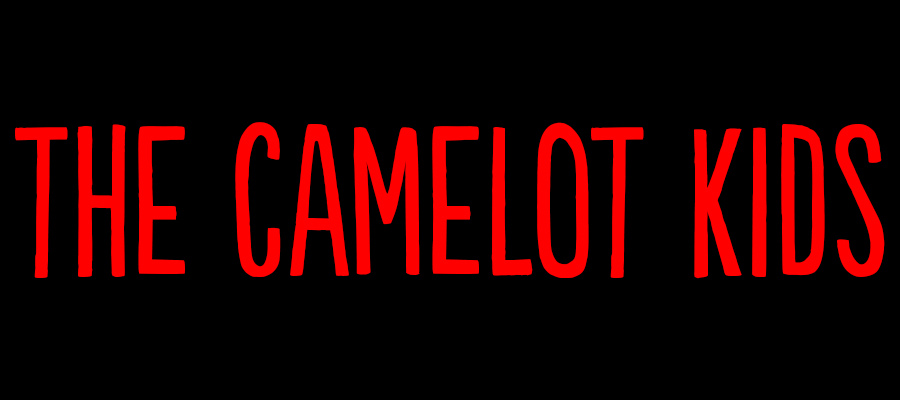
by Ben Zackheim | Sep 12, 2014 | The Camelot Kids, Writing |
Chivalry is the act of defending those who cannot defend themselves.
That’s a simplification, but I’m going with it (for now), and you can’t stop me.
The same way magic is the code that holds Harry Potter’s world together, chivalry is the code, the foundation and the social dynamic of Camelot.
Now that I’ve completed Book One, I understand that something in the core of the mythology was drawing my own sense of chivalry out of me. It was injecting these complex, flawed characters with a sense of doing the right thing, no matter the cost. Sure, the complex moments of bravery, stubbornness and kindness were emerging in a mystery/action/adventure yarn. But within the mask of story was a seed of humanity that I’d never considered deeply for my protagonists before.
An orphan helps an orphan.
A bullied student helps the new kid escape a gang.
Even those who live a life rife with heartache and hard knocks emerge chivalrous. No, especially those who live a life rife with heartache and hard knocks emerge chivalrous.
But why? How? Where does this instinct to protect those around us come from? What happens inside us when we drop our own interests and risk everything for other people?
The answer became clear as I wrote the book.
The dynamic of wanting to connect with people is the same dynamic that makes us risk everything to help them. In other words, our connection to each other, simply because we’re human, has costs as well as payoffs. For our humanity, we get friendship, love and support as a “payoff”. But does that mean that heartbreak, pain and rejection are the “cost”?
No. That was my revelation as I wrote The Camelot Kids.
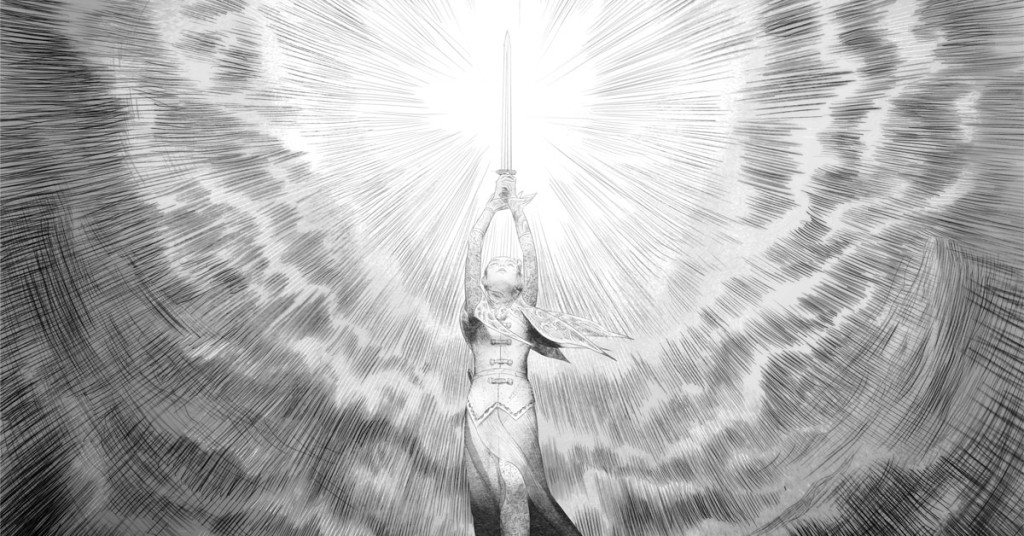
The cost of this human experience isn’t heartache, pain and rejection. It’s chivalry.
Being loved, supported, hated, ignored creates an astonishing power to do the right thing for anyone — friend, foe, or stranger. That human connection is so complex that something in us is willing to give our lives for it in a split second.
For me, this revelation does something profound to my sense of modern life. Don’t we live in an insulated bubble? I’ve assumed that most of us reach a certain age of reason where we construct a world with as much love as possible, and avoid the most pain. It takes a while, but it seems to me to be a standard human thing to do. To the degree that we have control over our surroundings, don’t the vast majority of us expend a tremendous amount of energy on building comfort and avoiding discomfort?
While I still think the answer to these questions is yes, it’s clear that we have a Trojan horse of bravery, duty, kindness and chivalry in us. It’s rolled into our gut at around the same time we look at another human and realize we want to keep them close forever. And it’s solidified when we meet our first enemy.
I think it’s the most exquisite insight we could have today. I think mythology that reinforces this inherent power in each of us is what we all need right now.
Taking this idea further; our disillusionment with Arthurian lore is indicative of our disconnect with our own chivalry.
Prove it!
Okay. When was the last time we felt connected to the second most famous myth of our time? We get chance after chance in the Merlin or Camelot TV shows, the recent King Arthur movie — but they don’t resonate outside a small group of fans. It’s not because the efforts suck, necessarily (though some do). It’s that they’re stale. They treat chivalry like it’s a noble thing only, and not the complex force it is.
Chivalry is Gandhi.
Chivalry is Martin Luther King, Jr.
Chivalry is Malala Yousafzai.
The heroes of Camelot don’t need to tell the same thousand year story again.
The heroes need to be among us. More importantly, they need to be chivalrous among us.
So for all my humility and fear in tackling the lauded lore, my goal with my new book, The Camelot Kids, is to give the world a peek into Camelot in our time. I want to make Camelot fun again. And I want to do it in a way that’s respectful of the tales’ whimsy, boldness and deep conviction that to do right for others is to do right for everyone, including yourself.
After all, the more in touch we are with our inner Camelot, our sense of chivalry, the better off the world will be.
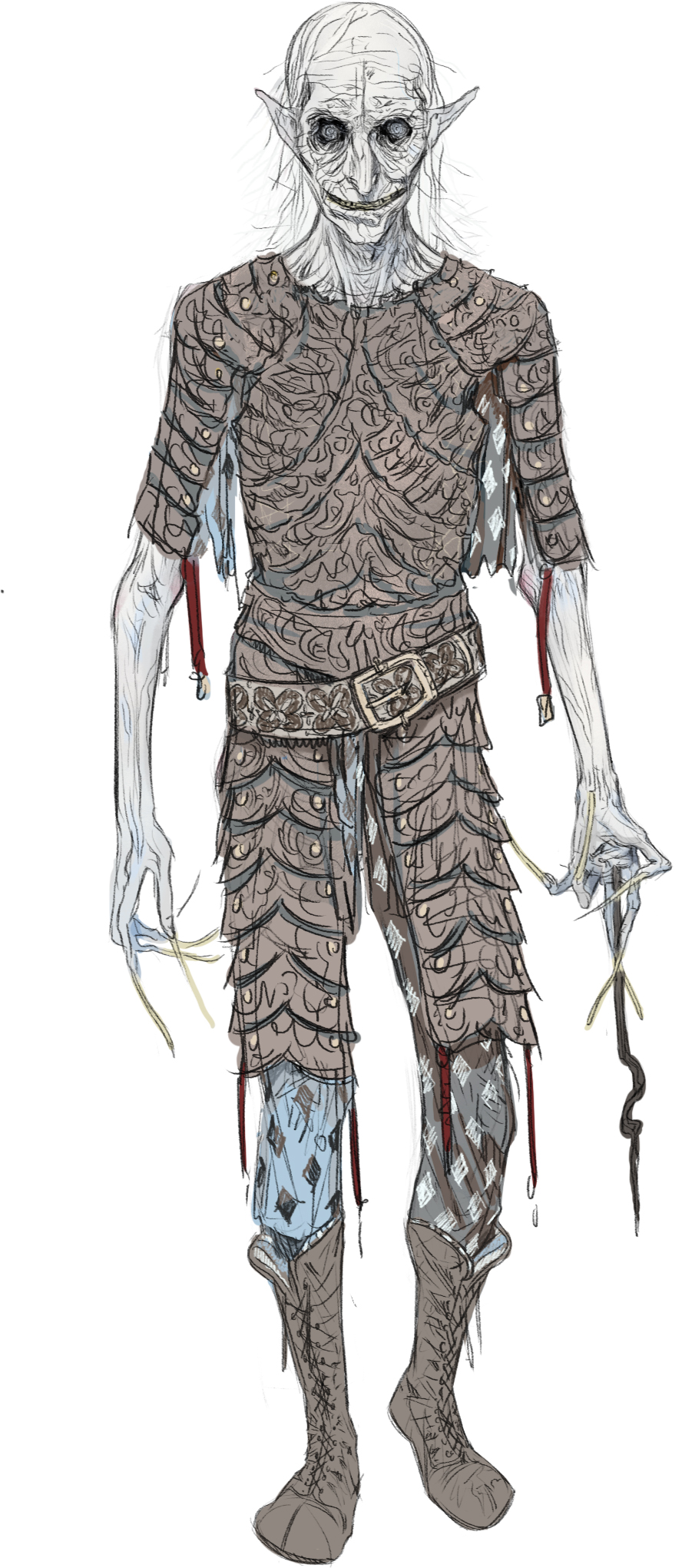
by Ben Zackheim | Sep 3, 2014 | Writing |
The Camelot Kids: Part One is on Amazon and invading Kindles across the globe! I love those sales in India, the UK and Germany ;-)
But there’s no time to rest. Ian, Nathan and I are on to Part Two (while Ray Buetens of Slub Designs works on the softcover, due in December)
The Camelot Kids: Part Two is where the big stuff starts to happen. You’ve met Simon, Maille, Merlin, Uncle Victor, Hector and Red. Next up is a pair of young knights-in-training named Josh and Russ, who will ease the transition into New Camelot for Simon. You’ll also meet Dergh who plays a major role in the story, especially in the latter part of the tale.
And finally, there’s Rukkush.

He’s a bad guy, no doubt. But how bad is he? What is he up to? And how will his shenanigans change Simon’s life forever?
In the coming days, I’ll share some peeks at the work Nathan and Ian are delivering. Look out for The Camelot Kids: Part Two eBook on Amazon September 30th, 2014!













